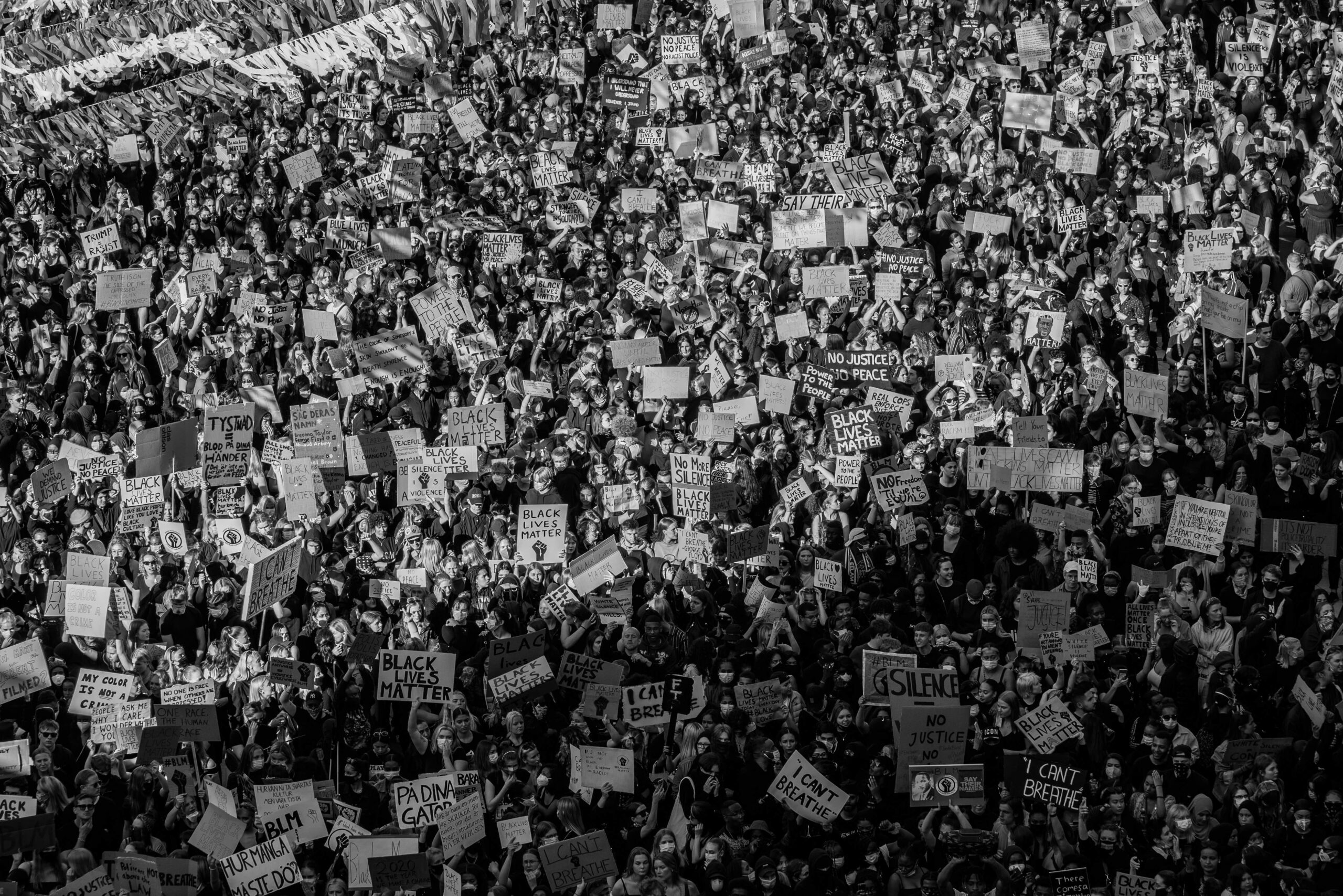
Our community is standing up for what’s right. If you are new to protesting, knowing how to stay safe and prepared is essential. Follow these protest safety guidelines to ensure a meaningful and secure experience.
Before the Protest
- Know Your Rights – You have the right to peaceful assembly. Read up on local laws and what to do if you’re detained. The ACLU of Colorado provides helpful resources.
- Dress Smartly – Wear comfortable, weather-appropriate clothing. Stick to neutral colors and avoid anything that makes you an easy target. Closed-toe shoes are best.
- Pack the Essentials:
- Water and snacks
- A small first aid kit
- ID and emergency contacts written on paper
- A face mask/bandana (for privacy and protection from tear gas if things escalate)
- Earplugs if loud sounds are expected
- A fully charged phone with emergency contacts saved
- Tell Someone Your Plans – Let a trusted person know where you are, when you’ll return, and check in when you’re home.
During the Protest
- Stay Aware – Keep an eye on your surroundings and any changes in the crowd’s energy.
- Stick Together – Never protest alone. Move in small groups or with a buddy to avoid getting isolated.
- Follow the Organizers – Most protests have designated peacekeepers. Follow their guidance and any de-escalation instructions.
- Document Carefully – Recording can be useful, but avoid live streaming if it puts others at risk. Do not post pictures of protestors on social media unless you cover their face.
Handling Law Enforcement
- Stay Calm – Do not argue or engage aggressively with police.
- Ask If You’re Free to Leave – If confronted, politely ask, “Am I free to go?” If detained, say:
- “I am exercising my right to remain silent, and I want a lawyer.”
- Do not consent to searches.
- Avoid Sudden Movements – Keep your hands visible and follow lawful commands.
Handling Agitators
Not everyone at a protest is there for the right reasons. Agitators may be counter-protester looking to cause chaos, or even undercover individuals attempting to discredit the movement.
How to Spot an Agitator
- Encouraging Violence – If someone is pushing for destruction, they might be trying to provoke a police response.
- Not Aligned with the Movement – If someone’s actions go against the protest’s goals, they may be there to disrupt.
- Excessive Concealment – While masks and scarves are normal, someone covering their face more than necessary, especially while acting suspiciously, should be reported to group leaders.
- Trying to Separate Protesters – Agitators may try to lead individuals away from the group, making them more vulnerable.
How to Respond to Agitators
- Do Not Engage – Arguing or confronting them could escalate the situation. Do not give them what they want!
- Record and Report – If safe, take pictures or videos of their actions. Capture identifying details:
- Their face
- Clothing
- Any distinguishing features
- If they have a car, photograph the license plate
- Alert Organizers and Protest Leaders – Let leadership know as soon as possible.
- De-Escalate If Trained – Use calm, firm statements to redirect them. Example: “We’re here for a peaceful protest. That’s not part of our message.”
- Stay With the Group – Never follow an agitator or allow yourself to be lured away. If one is causing issues, move together toward a safer area.
If the Situation Escalates
If Tear Gas Is Used
- Move upwind and get to fresh air.
- Do not rub your eyes. Blink rapidly to flush out irritants.
- Rinse with clean water or saline solution.
- If exposed, change clothes as soon as possible.
If Violence Breaks Out
- Do not engage. If others become aggressive, move away.
- Find a safe exit. If you’re trapped, look for nearby businesses or safe spaces to shelter.
- Stick with your group. Being alone increases risk.
If Arrested
- Remain silent. Do not answer any questions beyond identifying yourself.
- Ask for a lawyer immediately. Do not consent to searches.
- Take note of badge numbers and names of arresting officers if possible.
After the Protest
- Check In – Make sure everyone in your group gets home safely.
- Document and Report Misconduct – If you saw or experienced harassment or violence, document them while details are fresh. Report them to protest organizers.
- Take Time to Recover – Protesting is exhausting. Rest, drink water, and reflect on your experience.
Additional Resources – Protest Safety
- Know Your Rights: Protesters’ Rights – ACLU of Colorado
- Police & Protester Interactions – ACLU Guide on Police Actions
Standing up for what’s right is powerful. By staying informed and prepared, we can ensure our voices are heard while keeping ourselves and our fellow protesters safe.
Share This Story
Ashley M. Allen, PsyD is a Colorado-based licensed clinical psychologist who sees clients virtually nationwide through PSYPACT. Dr. Allen specializes in LGBTQ+, alternative lifestyles, emotional disorders, ADHD, BPD and chronic illness. Stay tuned to her blog for tips on mental wellness.


